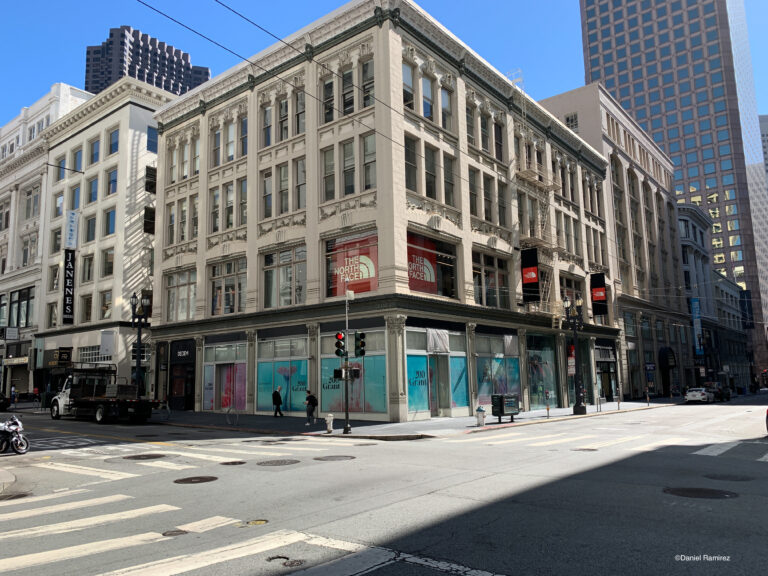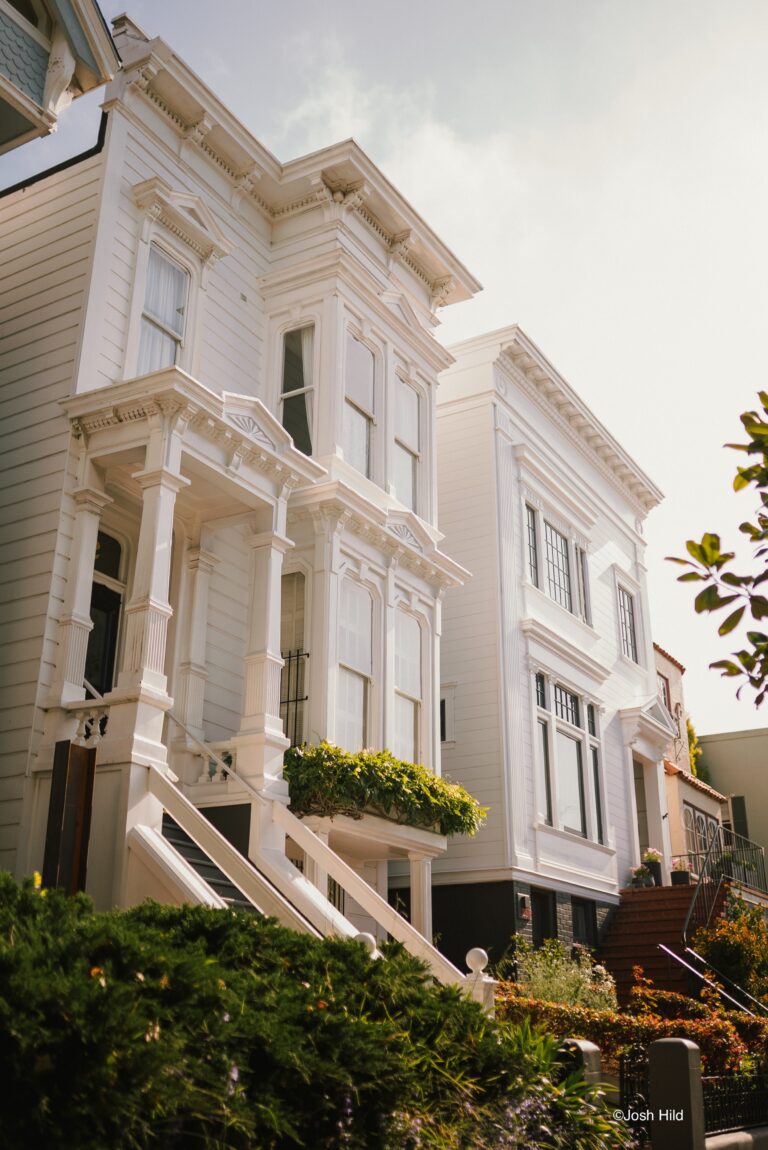Time To Ask Why So Many
San Francisco Homes Are Vacant
Steven Greenhut | November 3, 2023
Journalism 101 classes teach that every news story needs to include the five main Ws: Who, What, Where, When and Why. Yet most of the recent news reports about San Francisco’s newly implemented “Empty Homes Tax” – a voter-approved tax of up to $5,000 per housing unit that’s left vacant for more than 182 days a year – nail the first four Ws, but ignore the last one.
Why, exactly, are so many of San Francisco’s apartments and homes left vacant? It’s a fascinating question when one considers the median monthly rent in the city is just shy of $3,500, per Zillow. Inquiring minds would like to know why property owners would forgo $42,000 a year in income to allow them to sit empty. How many investors buy property and then pay taxes, insurance, utilities and maintenance for the heck of it?
The San Francisco Chronicle reported in October that 52,600 units – or 12.7% of the city’s total homes – are empty. The newspaper’s analysis found “substantial vacancies in many of the city’s new luxury condo high-rises.” It explained that the city expects to reap $20-million in revenues from the tax, although Supervisor Dean Preston – the leading supporter for the tax – told the newspaper that the goal is to prod owners to “fill the homes.”

Nothing in the story even hints at why owners need to be strong-armed into renting out their empty units. A KRON-4 article, which pegs the vacancy rate at 15% (the highest rate in the nation), gets closer to addressing the question, but still skirts the issue: “The law was spurred in response to sky-high housing costs, and homeowners who live elsewhere.” But why do so many San Francisco residents have empty condos? Are they second homes or what?
A San Francisco Independent Journal article from 2022 at least tries to offer an answer, by focusing on owners who have left the city but still own their property. It quotes Professor Steven Bourassa, chairman of the University of Washington’s Runstad Department of Real Estate: “Having a tenant may just be more hassle than it’s worth. Leave it vacant, let the price go up, sell it sometime in the future, and you’ve made a nice profit and don’t have to deal with tenants.”
I have a hard time believing so many owners are that cynical. But why is it so hard to “deal with tenants”? Why forgo the rents in the meantime? Tenants aren’t usually a problem. They pay rent and utilities and the landlord fixes stuff and that’s about it. America has a boisterous rental market. The nation has 44 million rental properties – and it apparently is often worth the hassle. Rental housing generally is viewed as a lucrative business model.
There no doubt are many individual reasons why a property owner might leave a home vacant, but there’s one big reason that city officials and reporters ignore. San Francisco has stringent rent controls, eviction restrictions and tenant protections – along with a Rent Board that almost always sides with tenants. Here’s a simple answer: Many San Francisco property owners are afraid that once they let someone into their property, they’ll never get them out.
This is from a 2014 CBS News report: “A San Francisco landlord can’t get rid of squatters who rented her condo on home-sharing service Airbnb. She’s caught in legal limbo in a case that highlights the downside of the growing online marketplace.”
A recent New York Post story from Los Angeles describes a similar nightmare: “An Airbnb guest dubbed ‘the tenant from hell’ has been squatting at a luxurious guest house overlooking the hills of Los Angeles for more than a year and a half – and is refusing to leave unless the homeowner pays her a $100,000 relocation fee.” A judge sided with the tenant and said the owner “has no legal reason to evict her under Los Angeles’ recently adopted Just Cause Ordinance.” Such stories don’t only involve Airbnb.
I’ve talked with San Francisco landlords who live in fear of getting a tenant from hell. If they make a mistake and lease their apartments to one of these types – and they’re often very sophisticated – then it could mean months without rent, lengthy legal battles or, in more benign situations, paying tenants who are protected in rent-controlled units and might never leave. Sometimes, owners can’t remove tenants so they or their family members can move in. A new state law makes it even harder to evict them.
The number of truly vacant units probably is much lower than city officials suggest. As the San Francisco real-estate website Socketsite explains, a large portion of official vacancies are homes that simply haven’t been re-occupied since a sale, are second homes or buildings that are in the process of being renovated (something that can take months in a city with a slow-moving permitting system). But that one big “why” isn’t discussed frequently enough.


Of course, California has a serious housing shortage, which is driven by state regulations that make it so tough to build. Even with a declining population, San Francisco has a housing crunch. Some new state laws streamline the building process. One, Senate Bill 423, even creates extra oversight of San Francisco’s building-approval process. These efforts understand the need to incentivize construction, but lawmakers’ approach toward rental property focuses on punishments.
The San Francisco “Empty Homes Tax” will further discourage investment in the city because it neglects a key reason owners don’t want to rent out their properties. They’re afraid to do so because of rent controls and anti-eviction laws. It’s about time for reporters to start asking the right “W” question and the one “H” question: How do we fix it?
Steven Greenhut is director of the Pacific Research Institute’s Free Cities Center. Write to him at [email protected].

